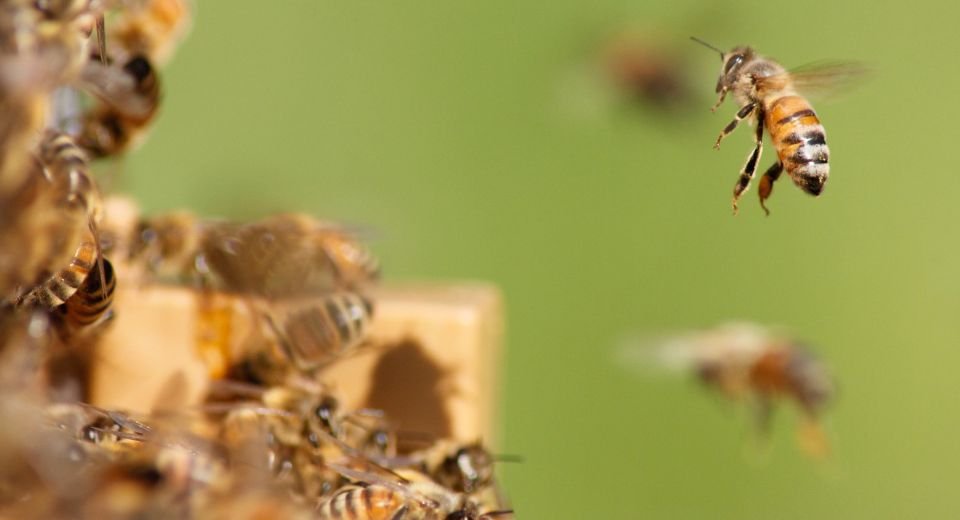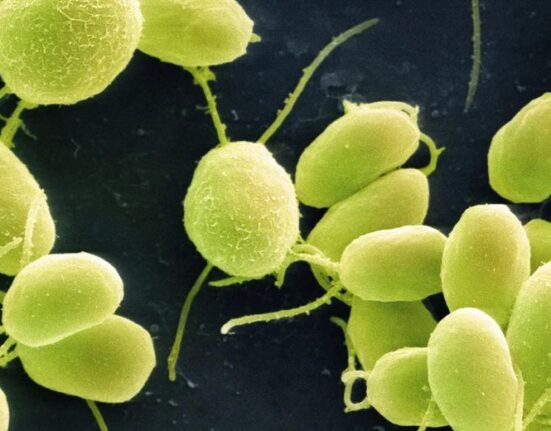HQ Team
June 28: 2023: American beekeepers lost nearly half of their managed colonies even as honeybee hives buzzed through their second-highest death rate on record to remain “relatively stable,” according to Bee Informed Partnership.
Over the entire year that ended April 1, 2023, beekeepers in the US lost an estimated 48.2% of their managed honey bee colonies, according to the national non-profit organization.
This was 9.2 percentage points higher than last year’s estimated annual loss of 39%, and nearly as high as 2.6 percentage points lower than the highest annual loss on record in 2021. It is also 8.5 percentage points higher than the average loss rate of 39.6%, a 12-year average.
Honey bees are a critically important beneficial insect species for agricultural and plant ecosystems, pollinating many of the flowers of fruits, vegetables, and nuts grown and consumed.
Fluctuating mortality rates
Although the need for honey bee pollination services has increased nationwide due to the market demand for insect-pollinated food products, over the last decade, the US annual honey bee colony mortality rate has fluctuated between 30-45%, with some beekeepers losing half or more of their colonies every year.
Intensive farming practices, land-use change, mono-cropping, pesticides, and higher temperatures due to climate change pose problems for bee populations and, by extension, the quality of food we grow, according to the UN.
Bees are under threat. Present species extinction rates are 100 to 1,000 times higher than normal due to human impacts. Close to 35% of invertebrate pollinators, particularly bees, and butterflies, and about 17% of vertebrate pollinators, such as bats, face extinction globally.
US beekeepers told surveying scientists that a 21% loss over the winter was acceptable and more than three-fifths of beekeepers surveyed said their losses were higher than that.
Different times of year
“What we really have noticed over the years is that there are really few good years, we have lots of high loss years, and some that are a little less high,” said survey leader Nathalie Steinhauer. “But overall, it is still higher than what beekeepers consider is acceptable.”
The survey showed small beekeepers and large commercial beekeepers were experiencing colony loss at different times of the year, she was quoted as saying by the Austin Daily Herald. “The past two surveys have documented an increase in summer loss for small beekeepers, while this survey found a noticeable increase in winter loss among commercial operators.”
The results were not as bad as 15 years ago because beekeepers have learned how to rebound from big losses, she said.
Honey bee populations remain relatively stable, according to data from the U.S. Department of Agriculture, because beekeepers split existing hives to replace those that are lost.
Commercial
The honey bee industry in the US can be loosely divided into three groups of beekeepers − backyard, managing up to 50 colonies, sideline — managing 51-500 — and commercial, managing more than 500 colonies.
A majority of the colonies are being managed by commercial operations, even though they are a small proportion of beekeepers — 1.4% of the surveyed beekeepers, who collectively managed 89.7% of surveyed colonies between April 1, 2022, and 2023.
The most prominent cause of colony death reported by beekeepers over the winter 2022-23 was “varroa” (Varroa destructor, and its associated viruses), for all three operation types. It was followed by “queen issues” and “adverse weather.”
The total number of honey bee colonies in the country has “remained relatively stable” over the last 20 years at about 2.6 million colonies according to the USDA NASS Honey Reports.
Even though it was stable, loss rates remained high, indicating that beekeepers are under substantial pressure to recover from losses by creating new colonies every year, according to the study by the Bees Informed Partnership.








